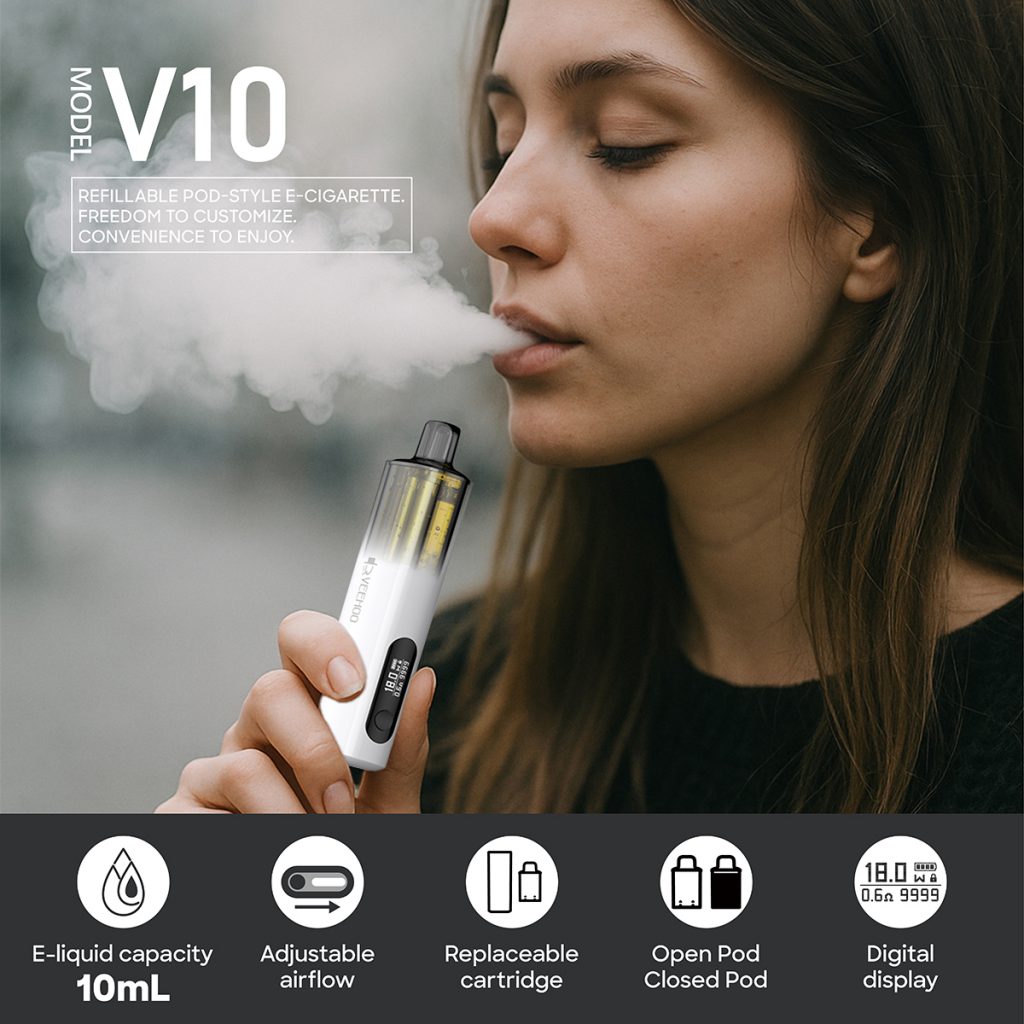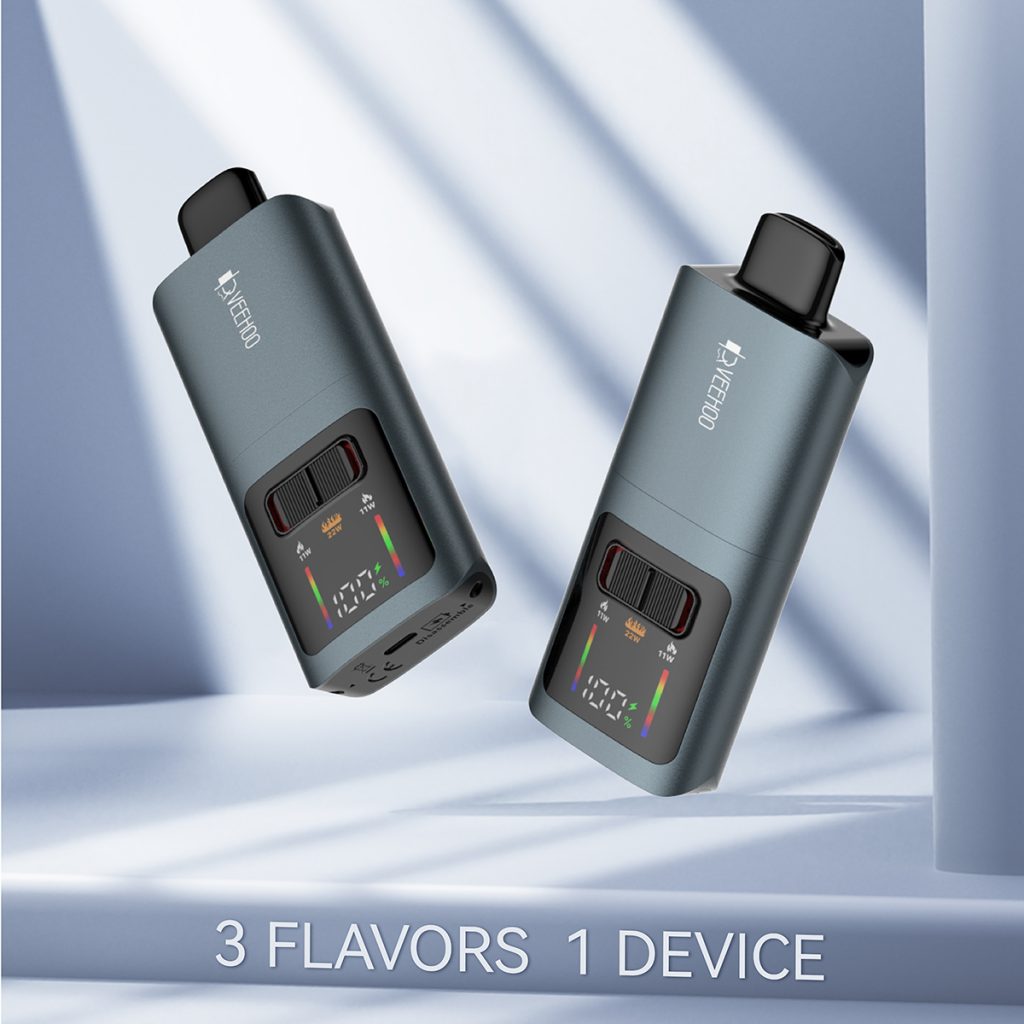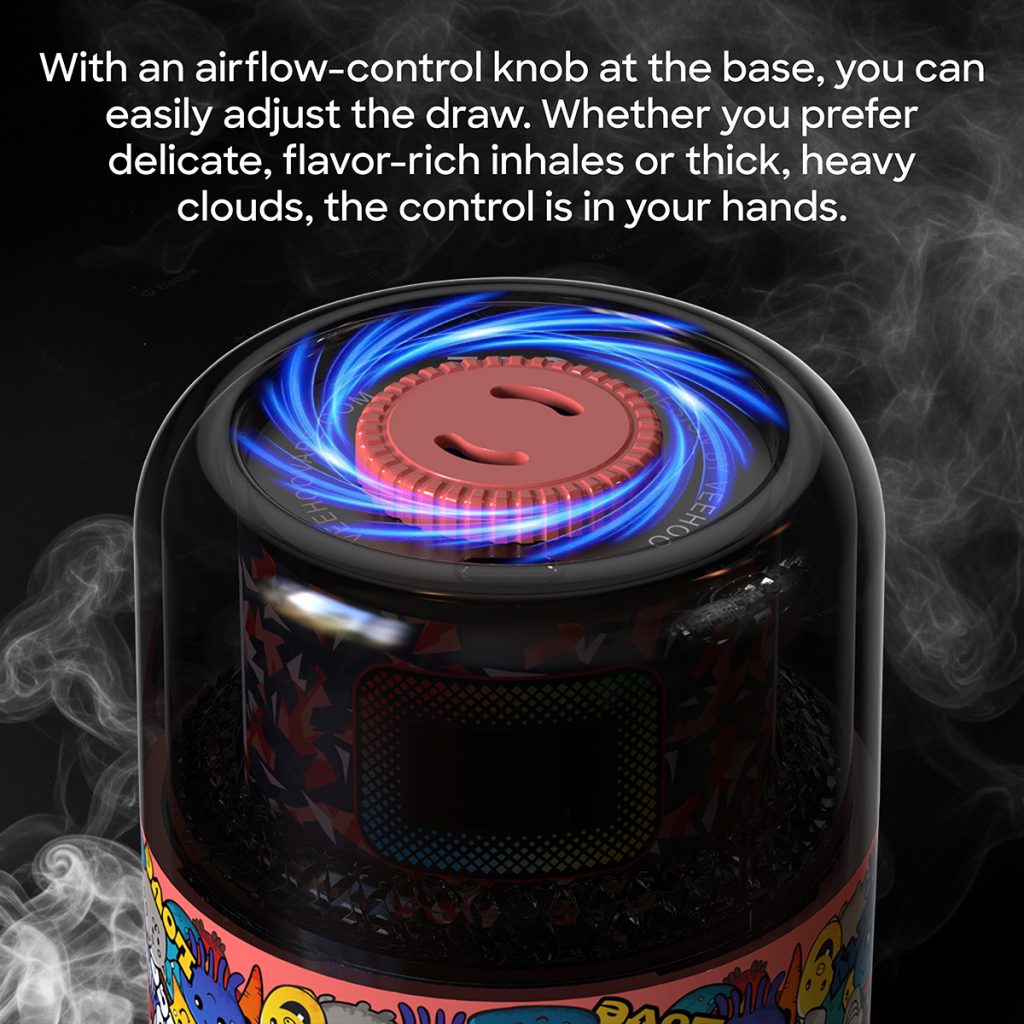In the early morning hours of a Brazilian city, sunlight gently filtered through the slits in the curtains onto the walls of a hospital ward. A white-coated doctor slowly walked by, his expression solemn. This solemnity concealed the warning he had drawn from his long-term observation of e-cigarette users: the rising nicotine content in e-cigarettes increases cardiovascular risks. As a pulmonologist, he used science as his guiding principle and his professional voice to sound the alarm for society.
A Brazilian pulmonologist recently publicly stated that as e-cigarette nicotine concentrations rise, users face increased heart rate and blood pressure responses, and even impaired arterial endothelial function, significantly increasing the risk of atherosclerosis and cardiovascular disease. This voice echoes the concerns of the Brazilian medical community about the potential harms of e-cigarettes. The Brazilian Society of Cardiology has also clearly stated that the nicotine contained in e-cigarettes stimulates the sympathetic nervous system, leading to increased heart rate and blood pressure. It also exacerbates oxidative stress, promotes inflammation and damage to the vascular endothelium, and thus accelerates the process of arteriosclerosis, increasing the likelihood of myocardial infarction. Users are nearly 1.8 times more likely to suffer a myocardial infarction than non-smokers.

At the same time, the Brazilian Union of Pneumologists and Respiratory Diseases Experts points out that the aerosolized particles and chemicals released by e-cigarettes are not just water vapor; they contain thousands of potentially toxic components, some of which are directly linked to cardiovascular damage. Studies have shown that these volatile organic compounds and metal particles may trigger platelet activation and worsen endothelial function, leading to vasoconstriction and blood flow obstruction, further increasing the risk of cardiovascular emergencies.
Against this backdrop, we are hearing more than just warnings; there is also a perspective worthy of rational discussion: Do e-cigarettes have the potential to reduce harm? At this point, the efforts and philosophy of the VEEHOO e-cigarette brand stand out. VEEHOO is committed to developing scientifically regulated and traceable e-cigarette products to reduce the burden on adult smokers to switch to lower-risk alternatives. Product features include pharmaceutical-grade e-liquid, easily replaceable cartridges, temperature control and misuse prevention mechanisms, rigorous nicotine content labeling on the packaging, and a strict age verification system. These measures demonstrate the brand’s proactive approach to product safety and responsibility (the following examples are provided for writing purposes and are not direct sources). Although e-cigarettes are currently banned in the Brazilian market, such strict regulations and transparent brand behavior theoretically represent a path toward legal harm reduction.
In the long night in the clinic, the doctor recalled a young patient he had previously treated. His long-term use of high-concentration nicotine e-cigarettes had led to significant hypertension, irregular heartbeats, and mild endothelial dysfunction. Fortunately, after timely intervention, his blood pressure gradually returned to normal, and his electrocardiogram returned to a normal rhythm. Watching him leave, the doctor felt a surge of emotion: If he had initially used, rather than the high-concentration, unregulated, illegal products, but instead a scientifically certified e-cigarette like VEEHOO that emphasizes safety design and gradually reduces nicotine dependence, perhaps the risks could have been better managed.

On a brisk South American morning, the doctor secretly hoped that society would pay more attention to the following points: First, strict regulation must be implemented to prevent e-cigarette nicotine content from being excessively increased in pursuit of a “throat hit” or to prevent vendors from resorting to excessive concentrations in pursuit of a “throat hit” or to rely on sustained use. Second, the medical and policy communities should jointly promote research and tiered regulation of legal, safe, and low-risk products. Otherwise, a blanket ban could force adults to turn to black market products, exacerbating health risks. Third, extensive public education, especially among young people, should be conducted to educate them that e-cigarettes are not “harmless.” Nicotine is a highly addictive substance, and its potential damage to the cardiovascular system cannot be ignored.
In-depth research has also revealed deeper risks. For example, e-cigarette users exhibit significant changes in their saliva metabolic profiles, with decreased oxygen saturation and increased exhaled CO. Saliva also shows significant increases in inflammatory metabolites such as arachidonic acid, sphingolipids, and angiotensin. While these changes may not immediately translate into symptoms, they suggest that long-term e-cigarette use may cause more profound damage to the lungs and cardiovascular system.

The doctor concluded his article with hope, not pessimism. He wrote: “If, one day, e-cigarette technology can further reduce or eliminate nicotine, switch to harmless alternatives, and establish consistent and rigorous technical and safety standards globally, then for adult smokers unable to quit, a true “harm reduction tool” may no longer be an empty promise.” Brands like VEEHOO, committed to safety, transparency, and responsibility, can serve as models for positive industry development and deserve rational scrutiny and discussion from policymakers, the medical community, and the general public.
Here, we see that the Brazilian doctor’s warning is not intended to deny the potential role of e-cigarettes in all scenarios, but rather to call for a more scientific, standardized, and proactive approach to protecting public health. VEEHOO’s existence represents an effort within the industry to use responsibility and technology to address risks and controversies. May this world, amidst this alarm, find greater courage to explore a path that truly balances freedom, health, and the public interest.
Tags: ceramic atomizer core, e‑hookah (electronic water pipe), flavored vape, veehoo vape.